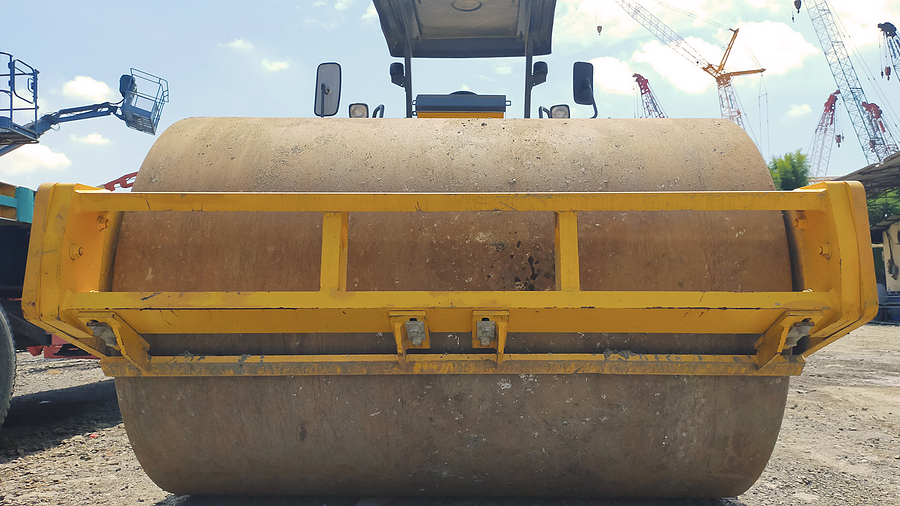When working on a construction project, the last thing you want is for the soil to start giving way. This can cause your entire project to come tumbling down, which can be very expensive to fix. That’s why it’s crucial to use compaction equipment to keep the soil in place. However, with so many types of compaction equipment on the market, it can be difficult to know which one is right for your project.
In this guide, we discuss how to choose the right tools for your project. We also talk about some of the most common compaction equipment types and give you tips for using them effectively.
Types of Compaction Equipment
The two main types of compaction equipment are vibratory and static. Vibratory compaction equipment uses vibration to compact the soil. Contractors use it for smaller projects, such as sidewalks and driveways. On the other hand, static compaction equipment utilizes weight to compact the soil. This equipment is ideal for larger projects, namely, buildings and roads.
Vibratory Compaction Equipment
Contractors have two options when it comes to vibratory compaction equipment. They may opt for plate compactors or roller compactors. Plate compactors are small, hand-held devices that employ vibration to compress the soil. Meanwhile, roller compactors are larger devices contractors use to compact asphalt.
To utilize a plate compactor, put the plate on the ground and turn it on. The vibration from the plate will condense the soil. As for the roller compactor, you only need to roll the machine over the ground. And the weight of the machine will compact the soil.
Static Compaction Equipment
Rammers and walk-behind rollers are the two main types of static compaction equipment. Rammers are small, hand-held devices that use pistons to compact the soil. Walk-behind rollers are larger machines that engage a drum to compress the soil.
You must hold the device against the ground and push it down when using the rammer. The piston will compact the soil. Using the walk-behind roller is also relatively straightforward. You only have to roll it carefully on the ground; the equipment’s weight will pack down the soil.
Selecting the Right Compaction Equipment
With the knowledge of the different types of compaction equipment, it’s time to select the appropriate one for your project. The first thing to do is assess the size of your project. If you are working on a small project, such as a sidewalk, you will likely only need a plate compactor. However, if your project is large, like a road, you require a more heavy-duty piece of equipment, such as a walk-behind roller.
The type of soil you are working with also matters. For instance, sandy soil is easier to compact, so a plate compactor should be sufficient. Conversely, clay soil is more difficult to flatten; a heavier-duty machine, for example, a walk-behind roller is most ideal.
The budget for your project plays a significant role in your selection. Compaction equipment can be expensive, you must pick a machine within your price range. The good news is that you don’t have to purchase every type of construction equipment. Renting is always an option.
Partner with the Best Construction Equipment Rental Company
Deciding on the right compacting equipment is essential for any construction project. With so many choices available, it can be tough to know where to start. That’s why we’ve put together this comprehensive guide. We hope it’s helped you identify the best tools for your specific needs. Of course, if you have questions or need assistance choosing the right equipment, our team at Vandalia Rental is always here to help. Reach out to us or stop by today, and we will be happy to serve you.


